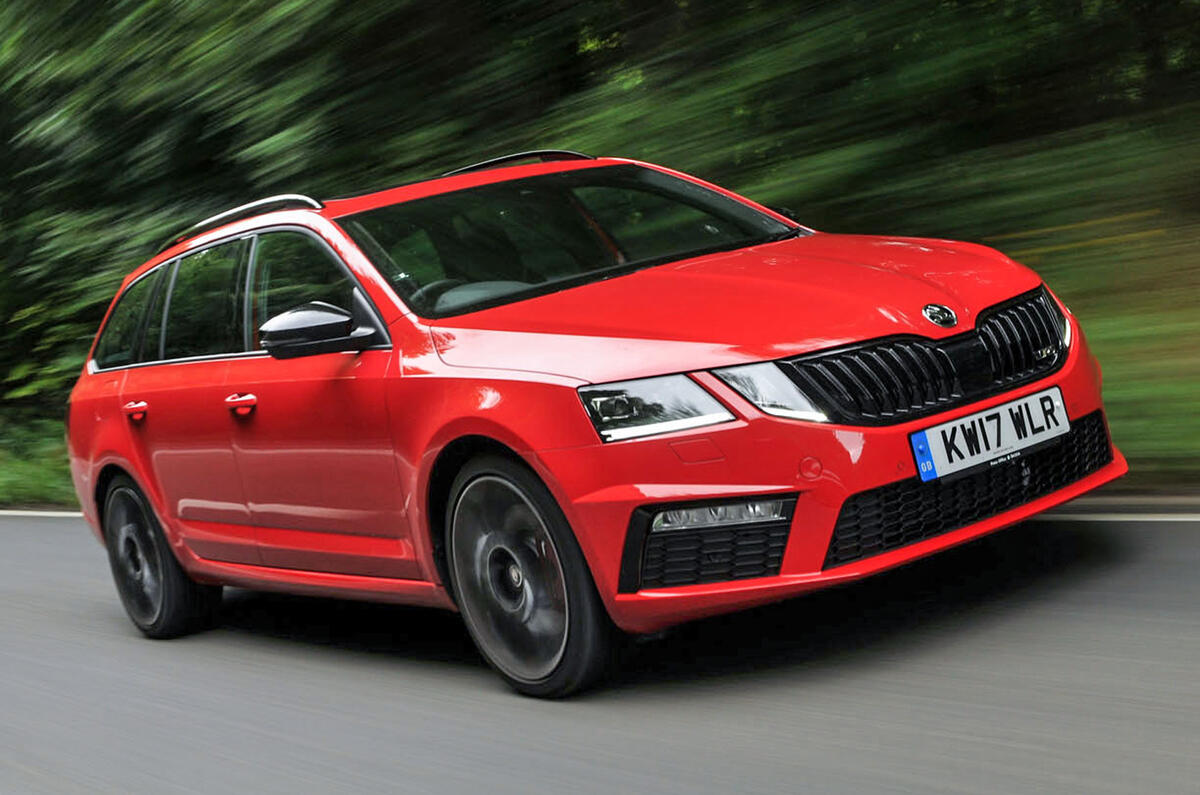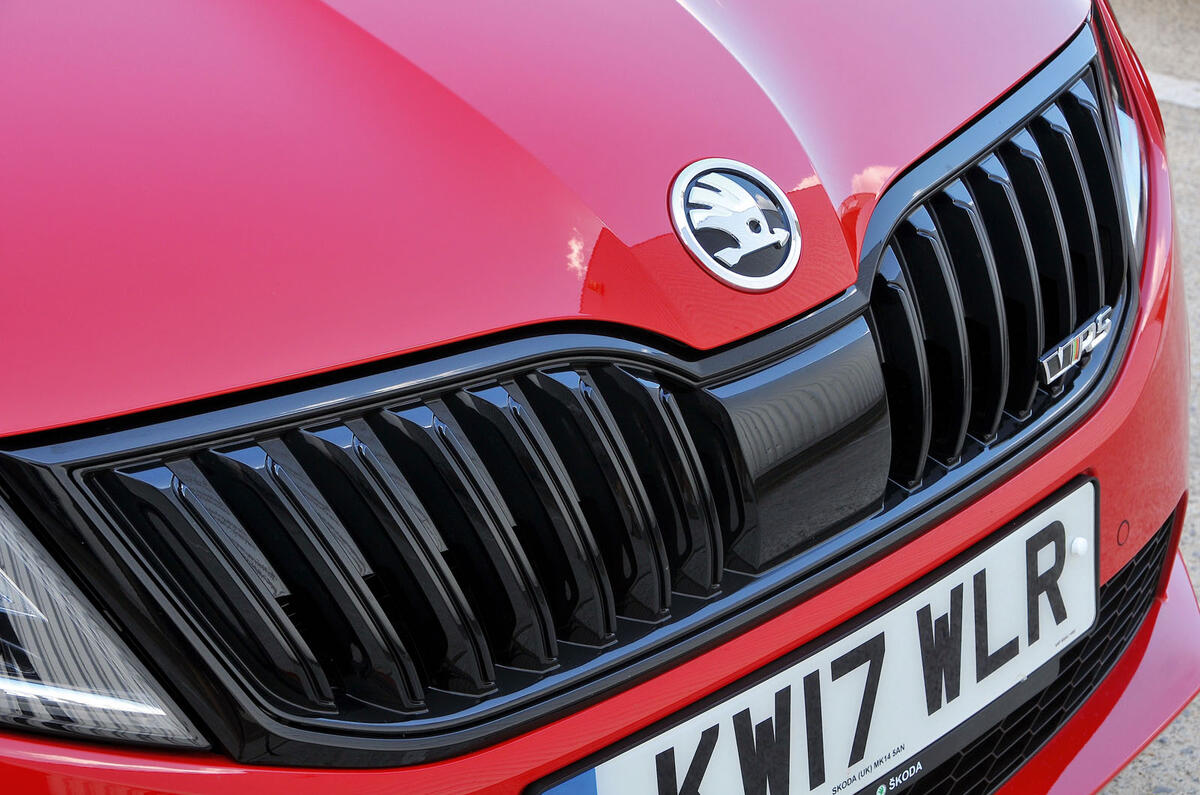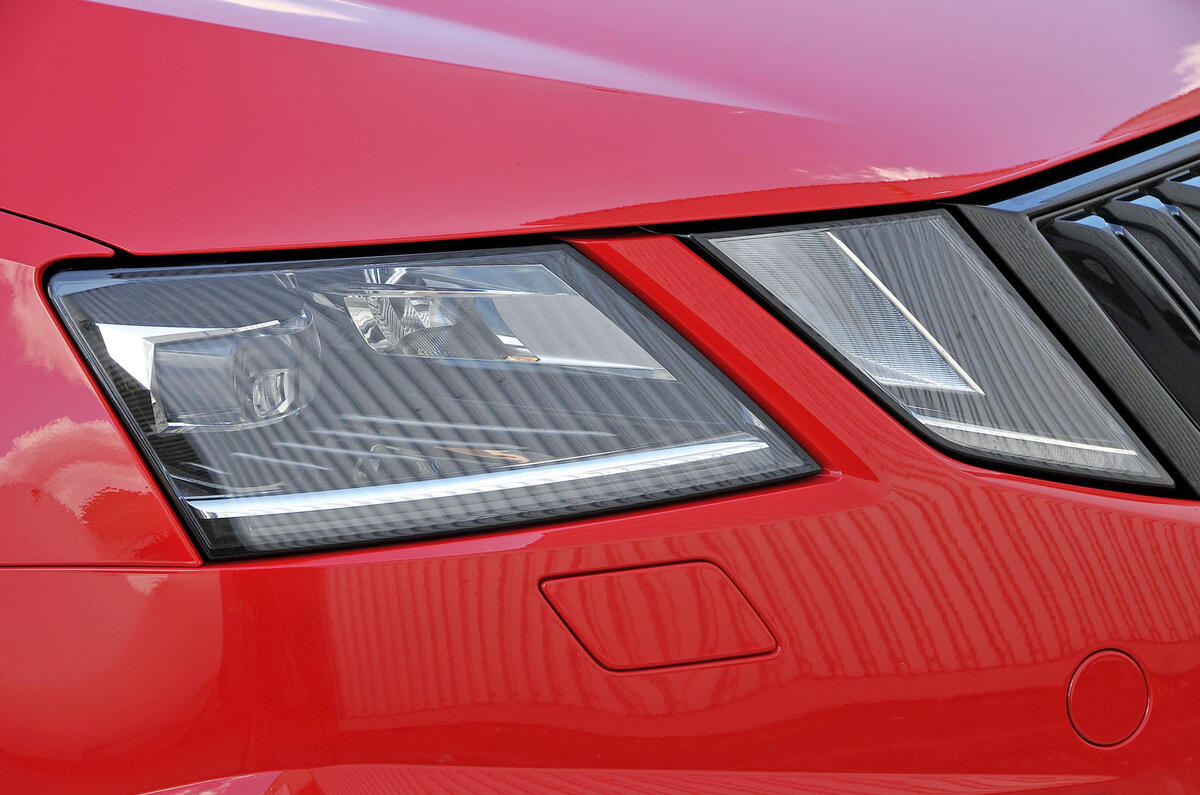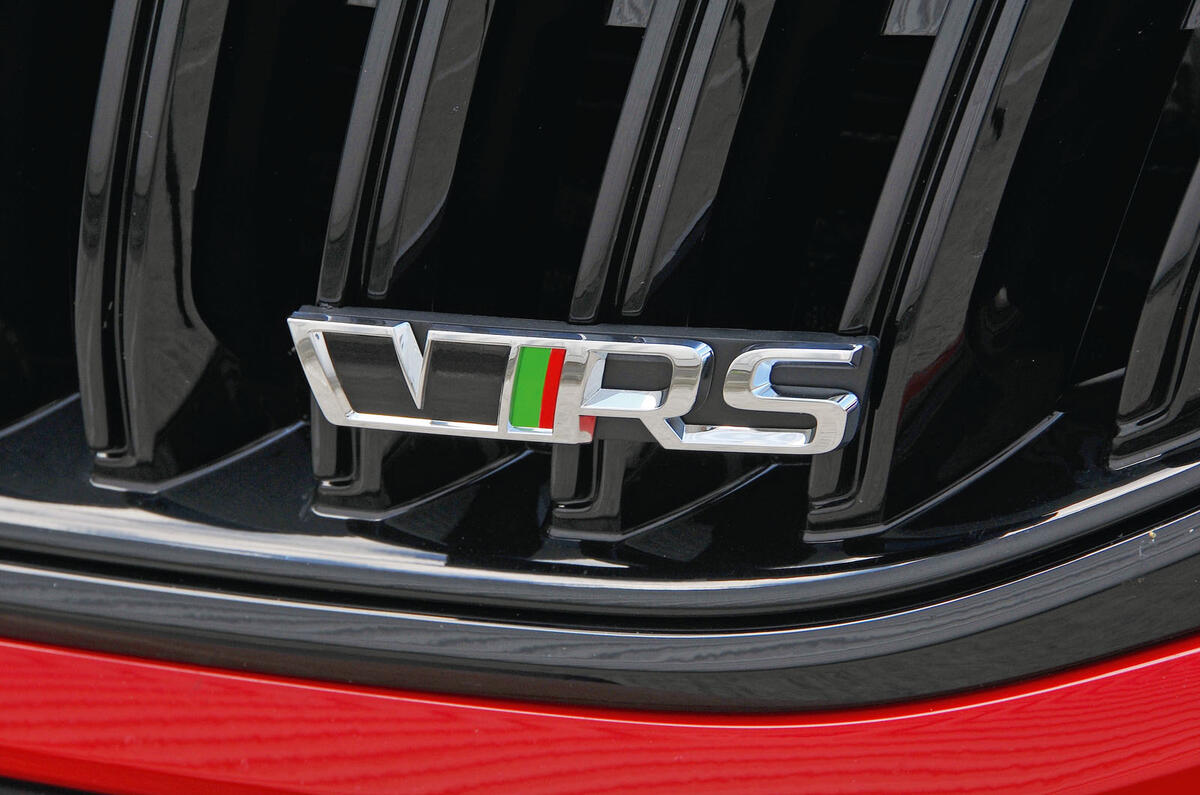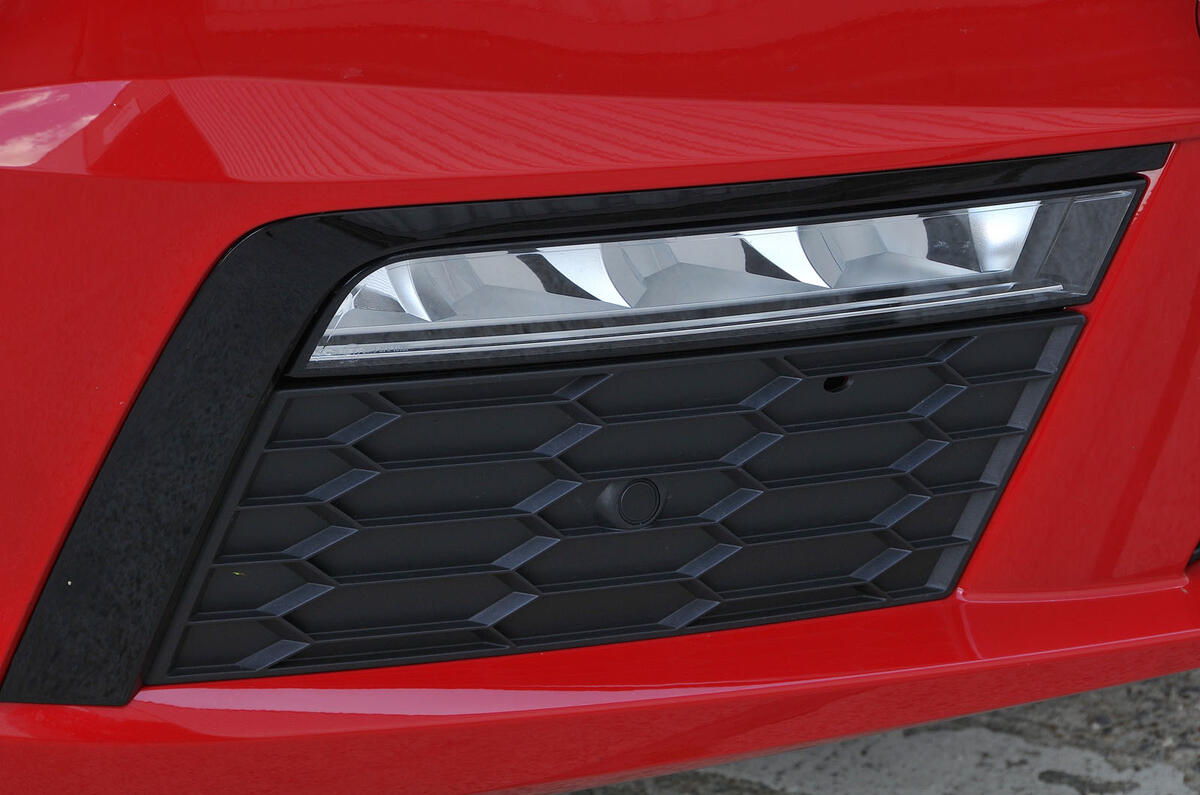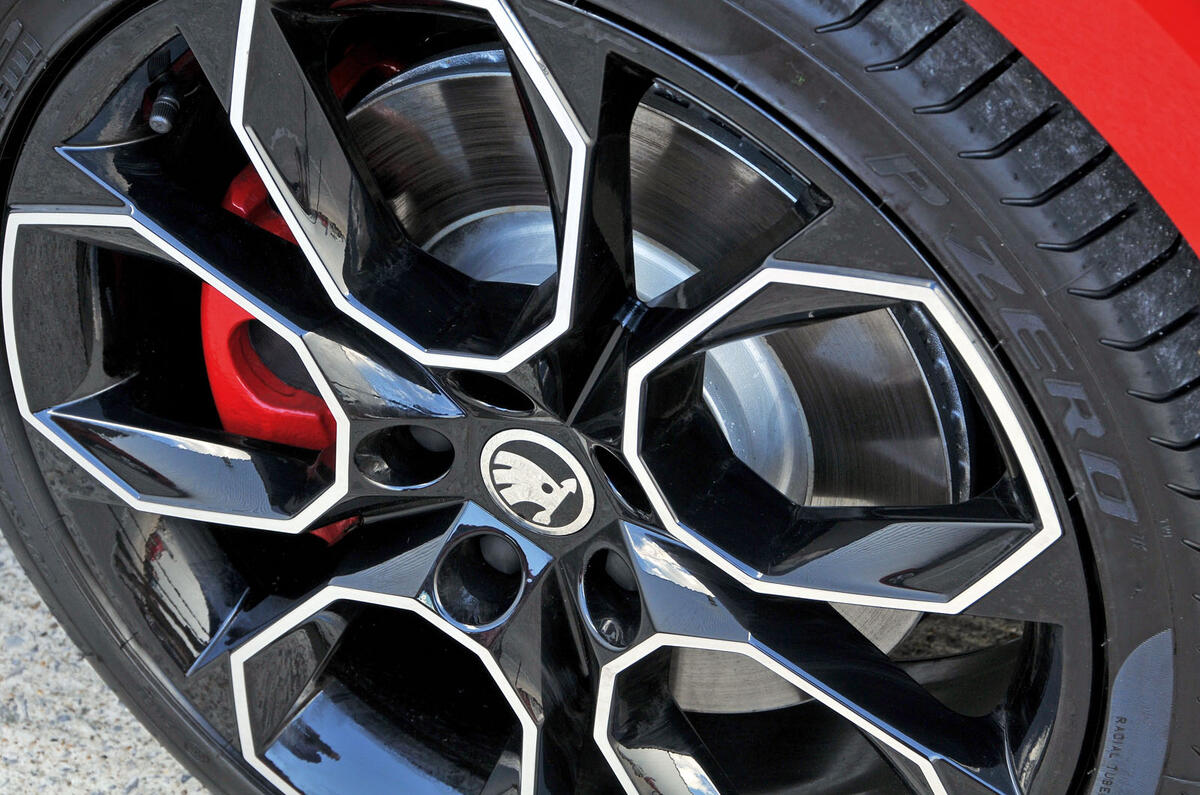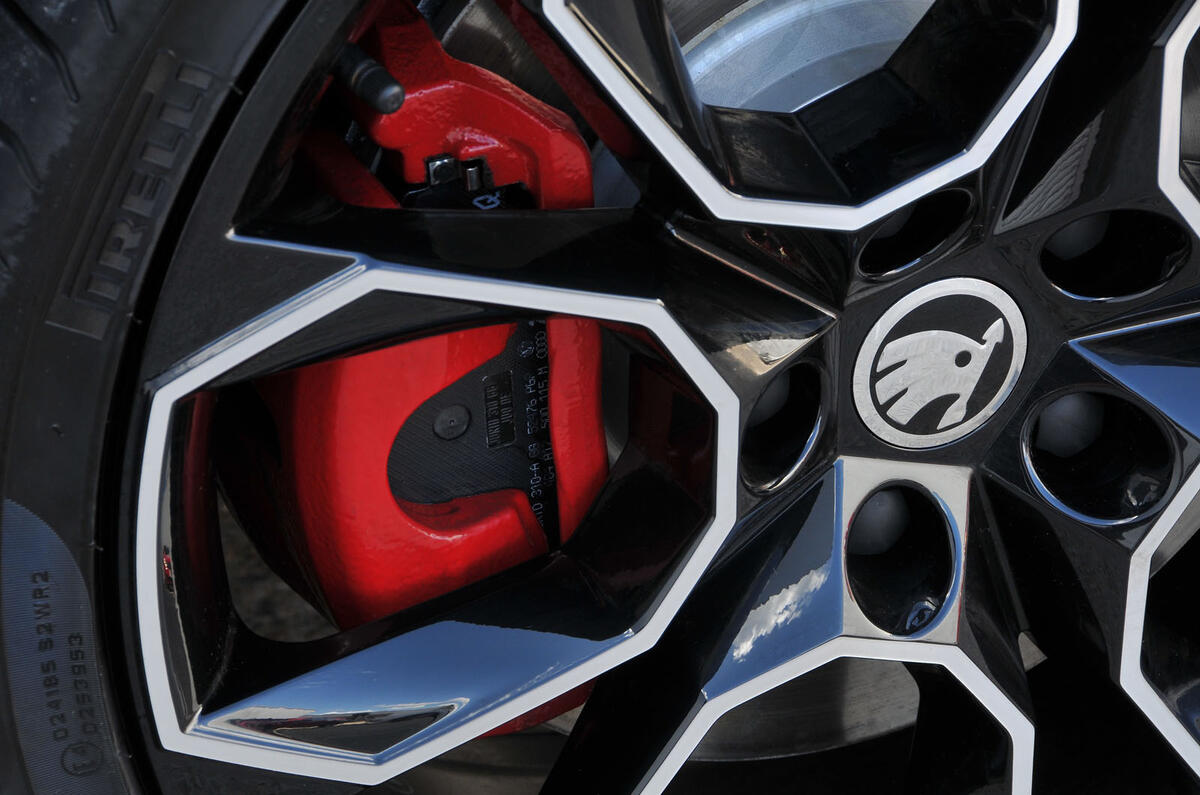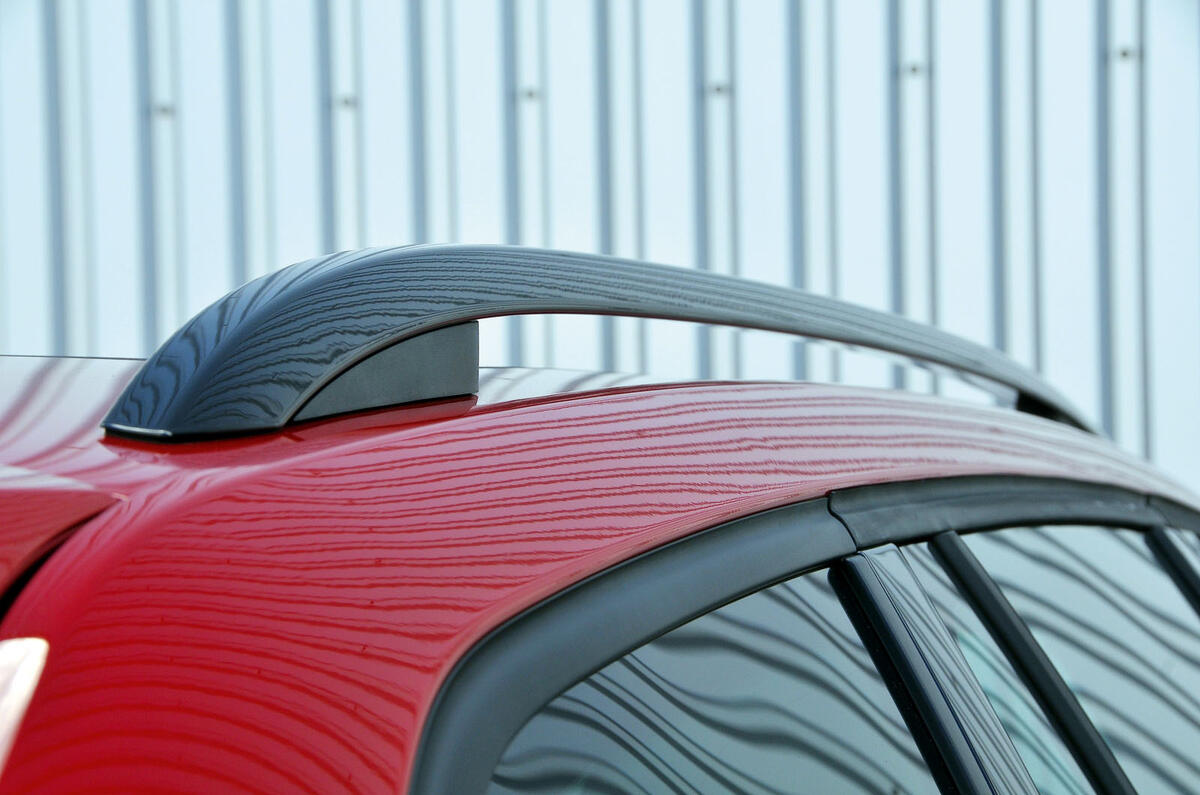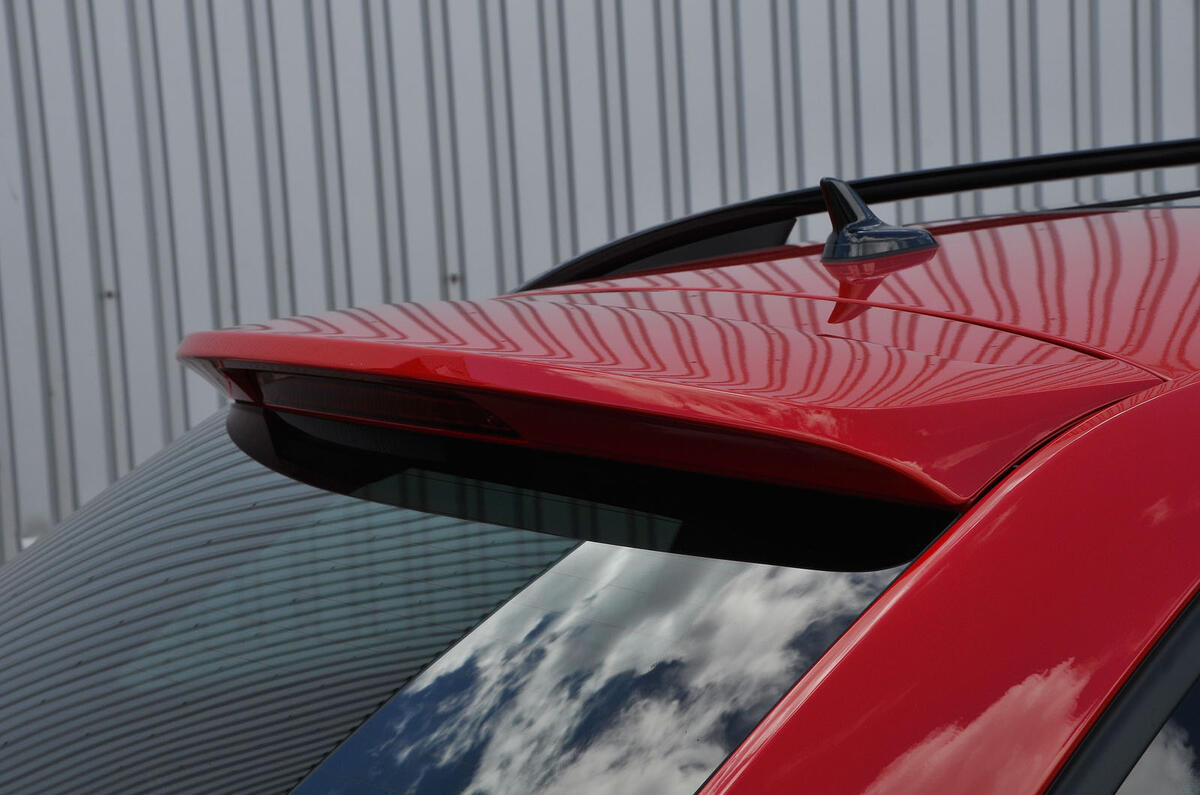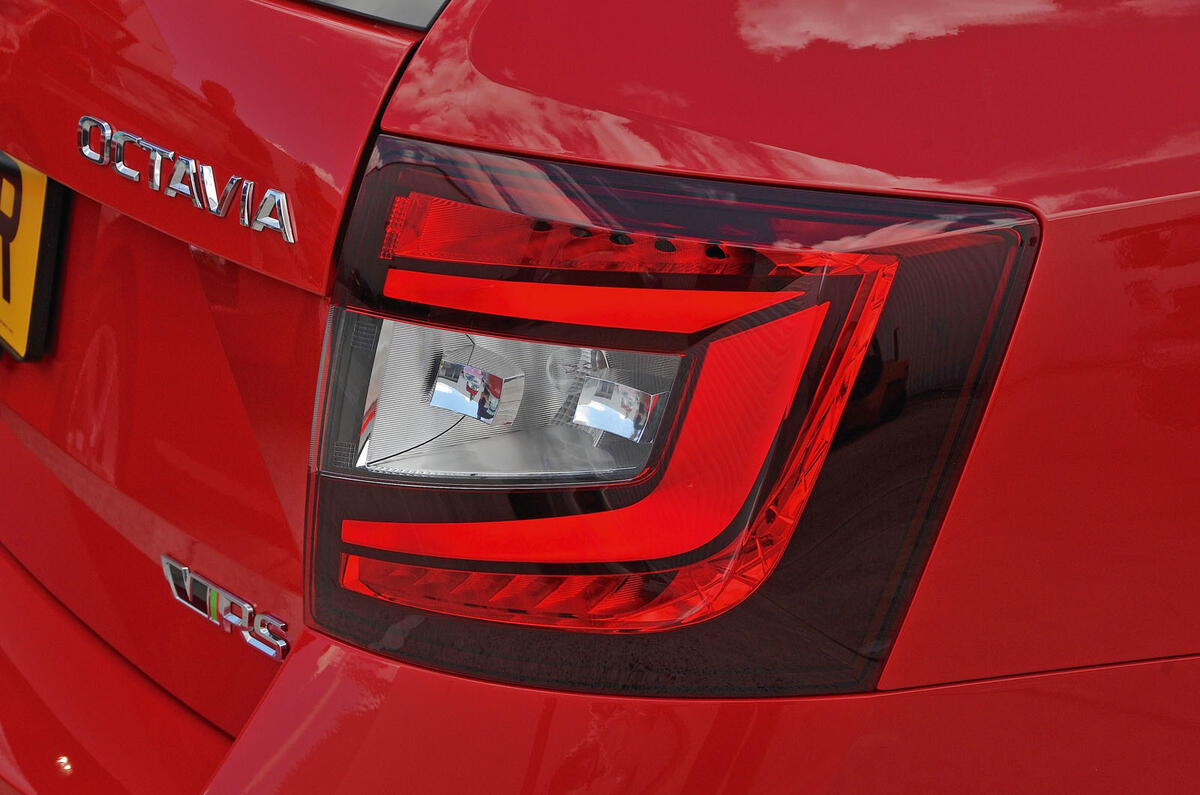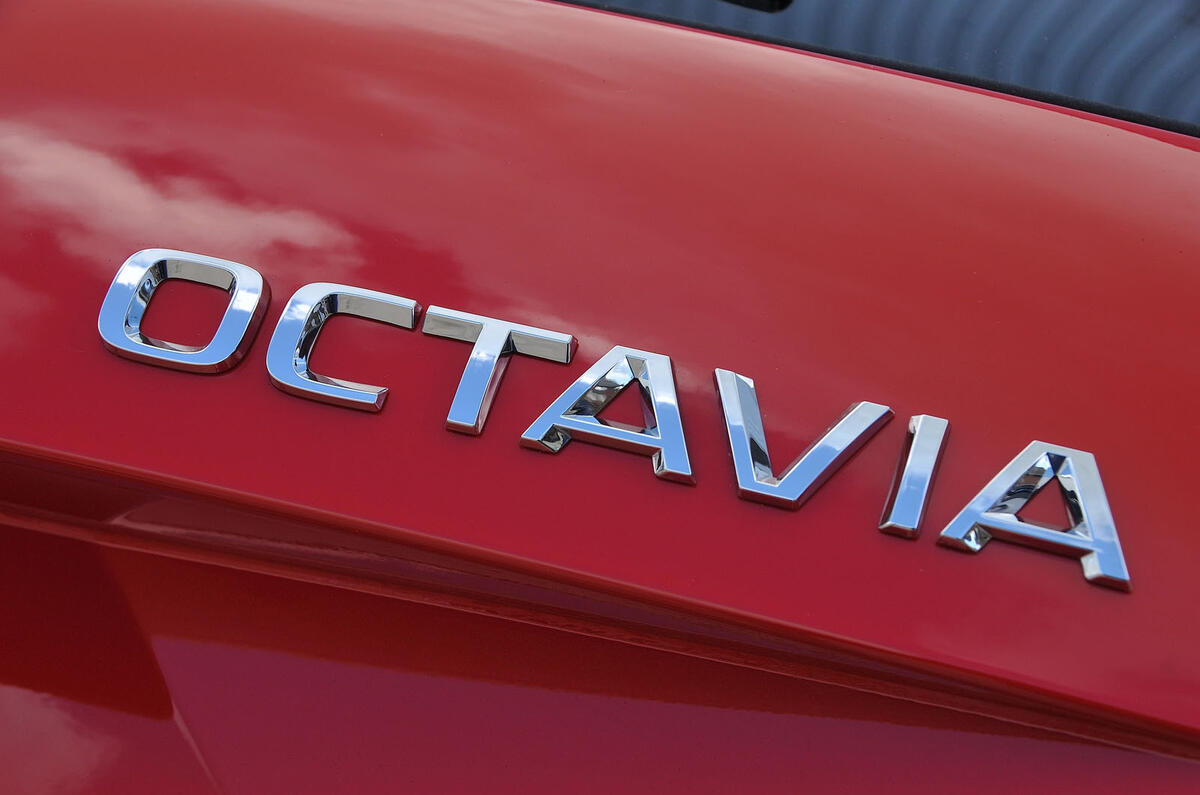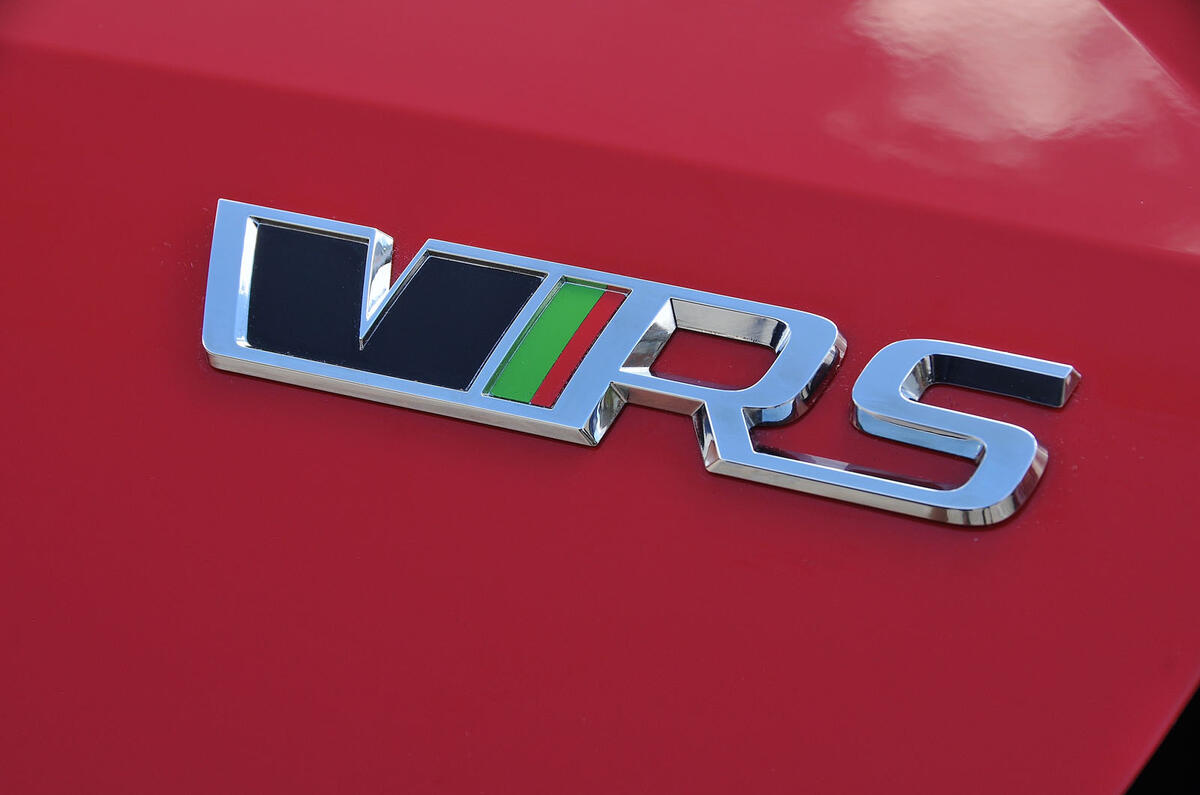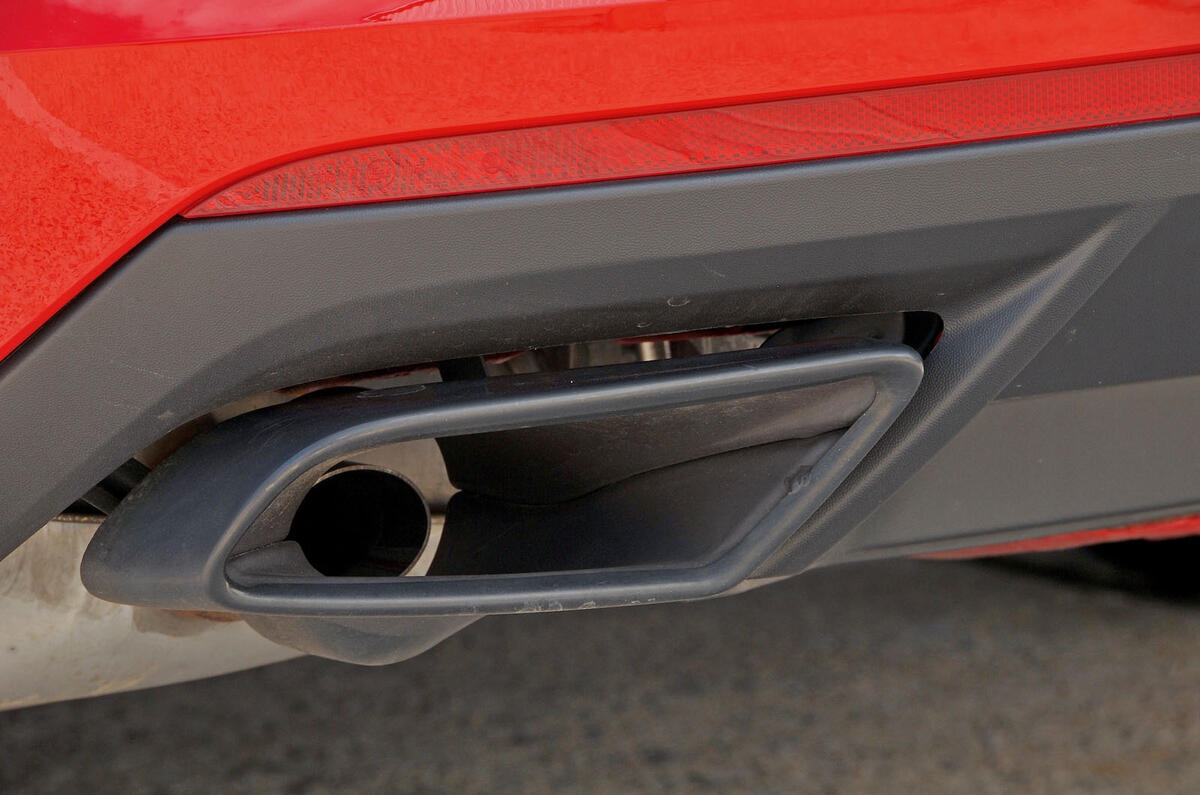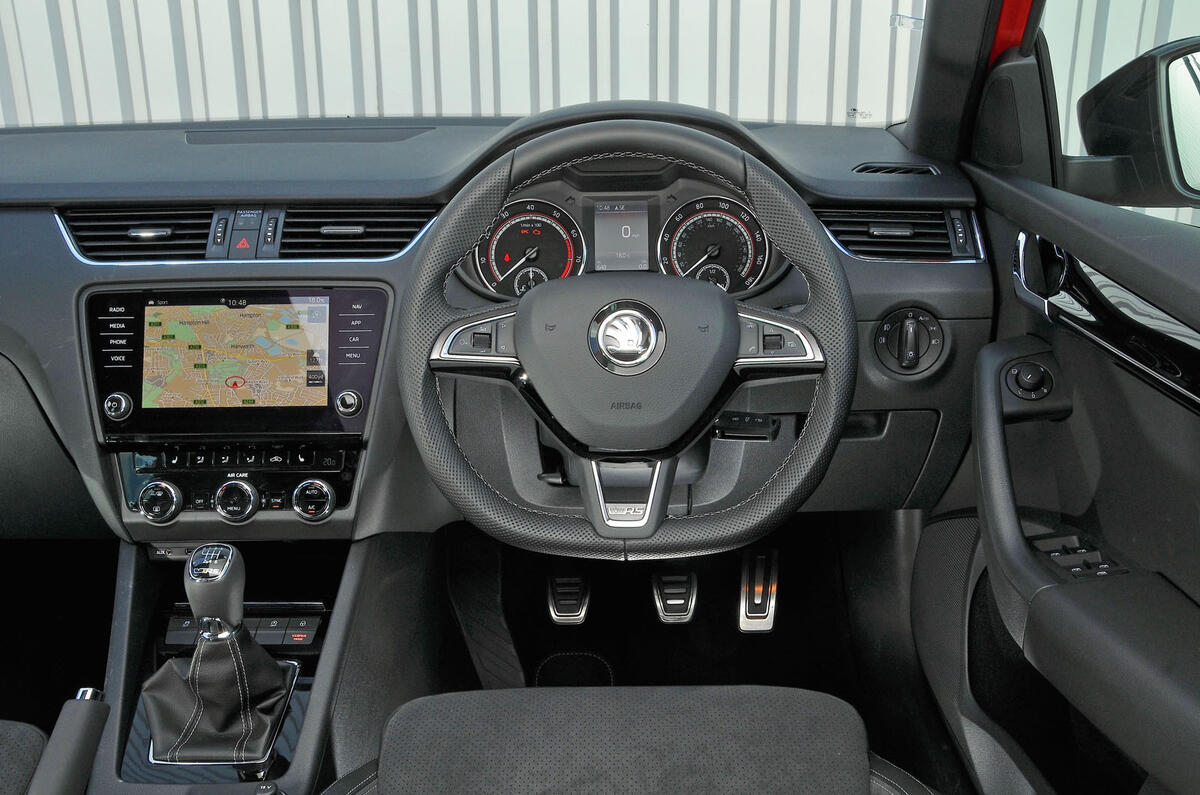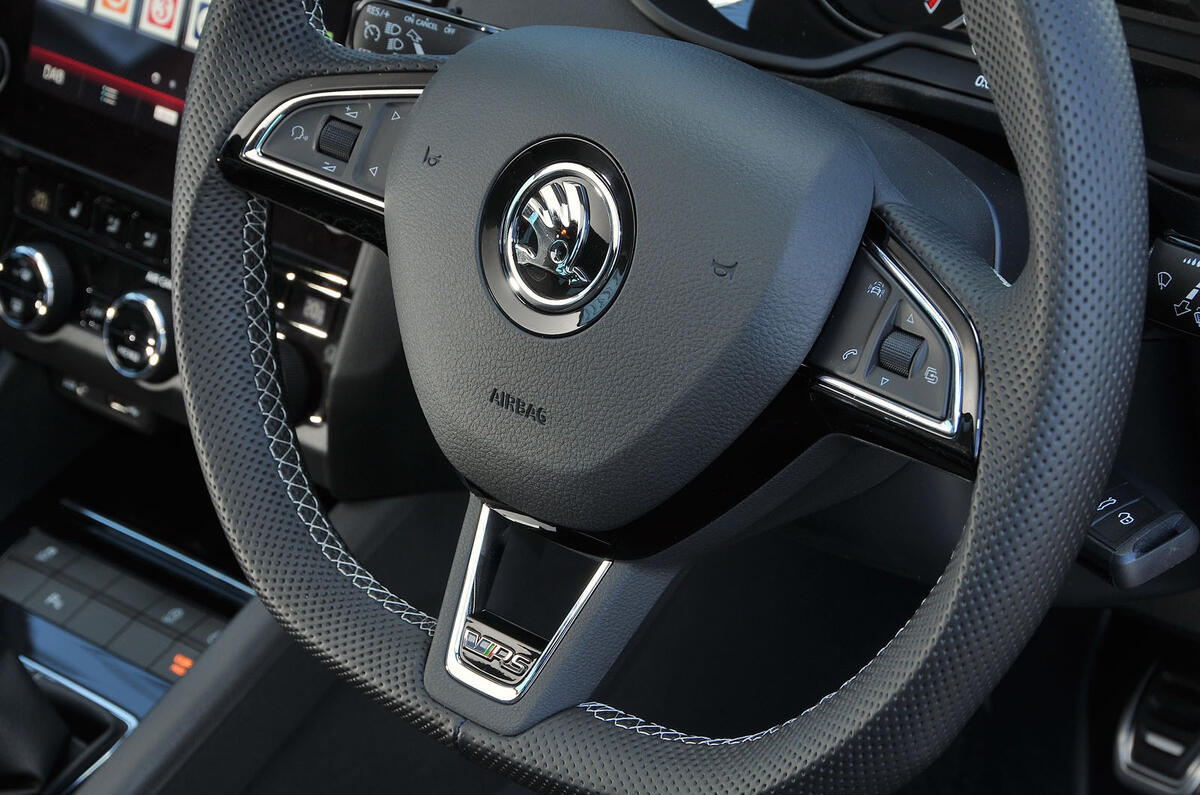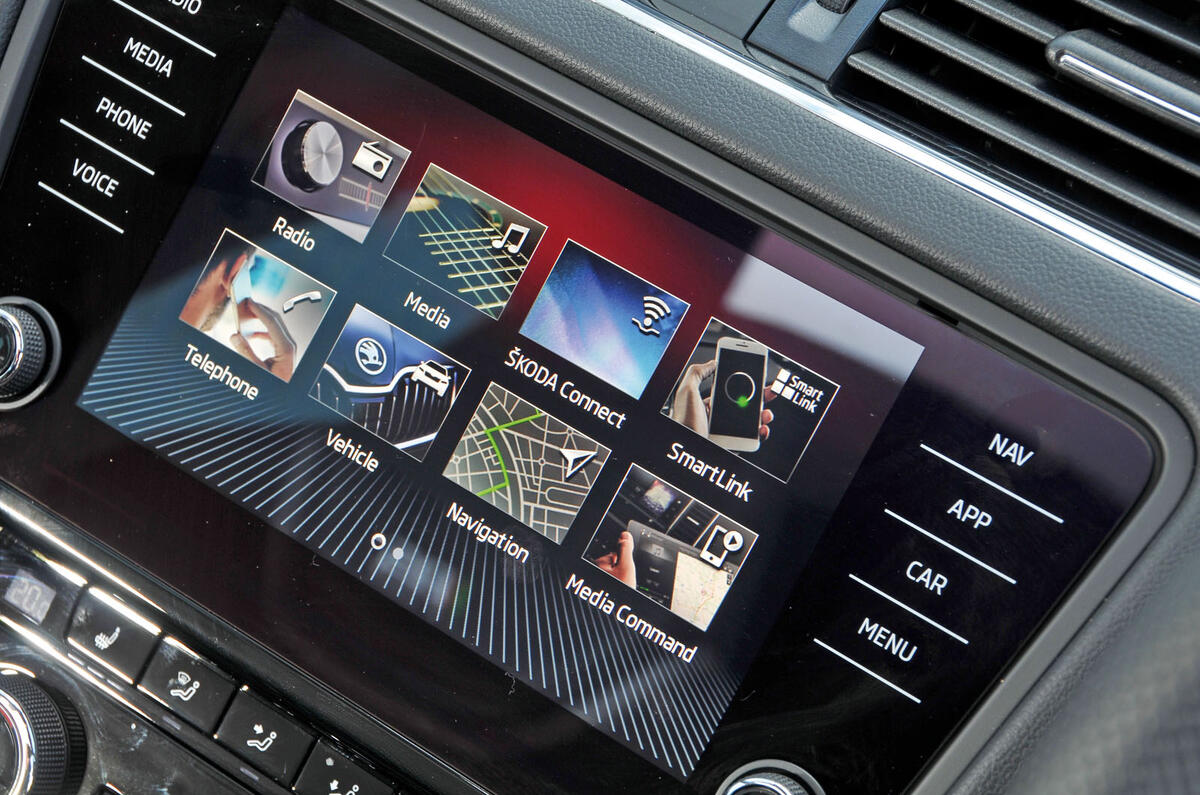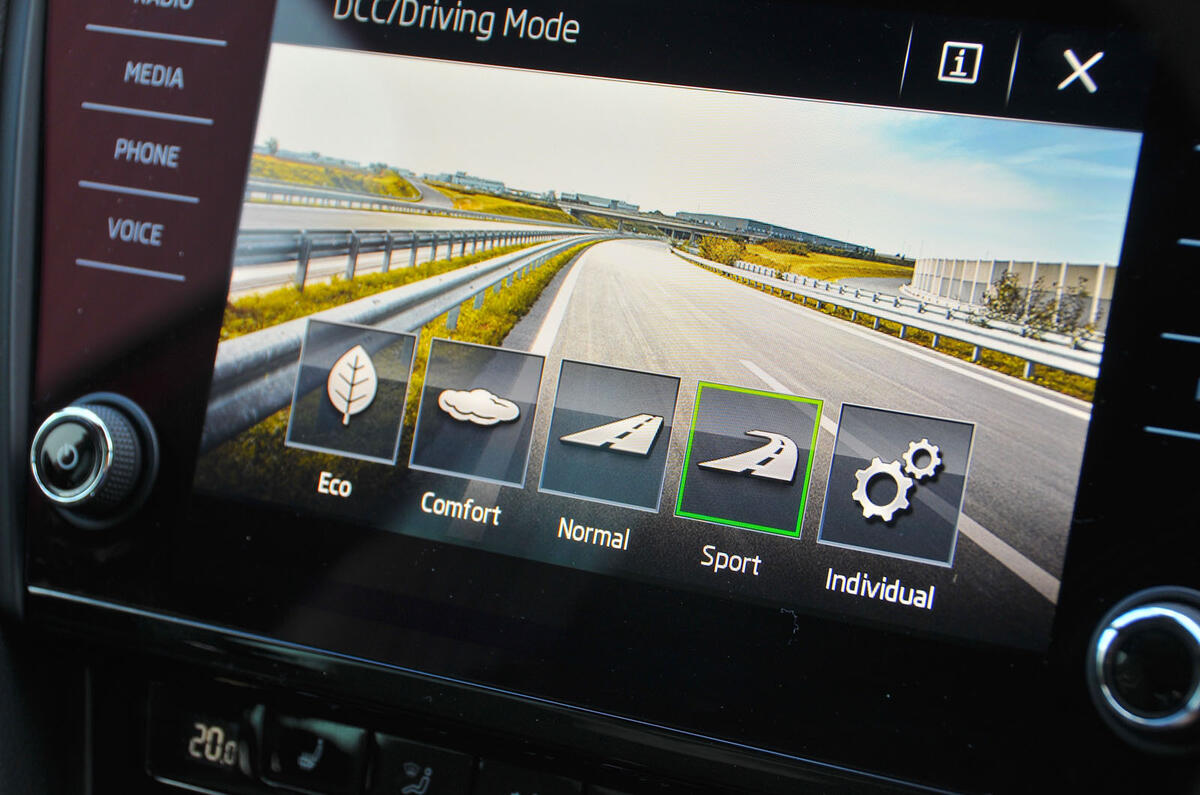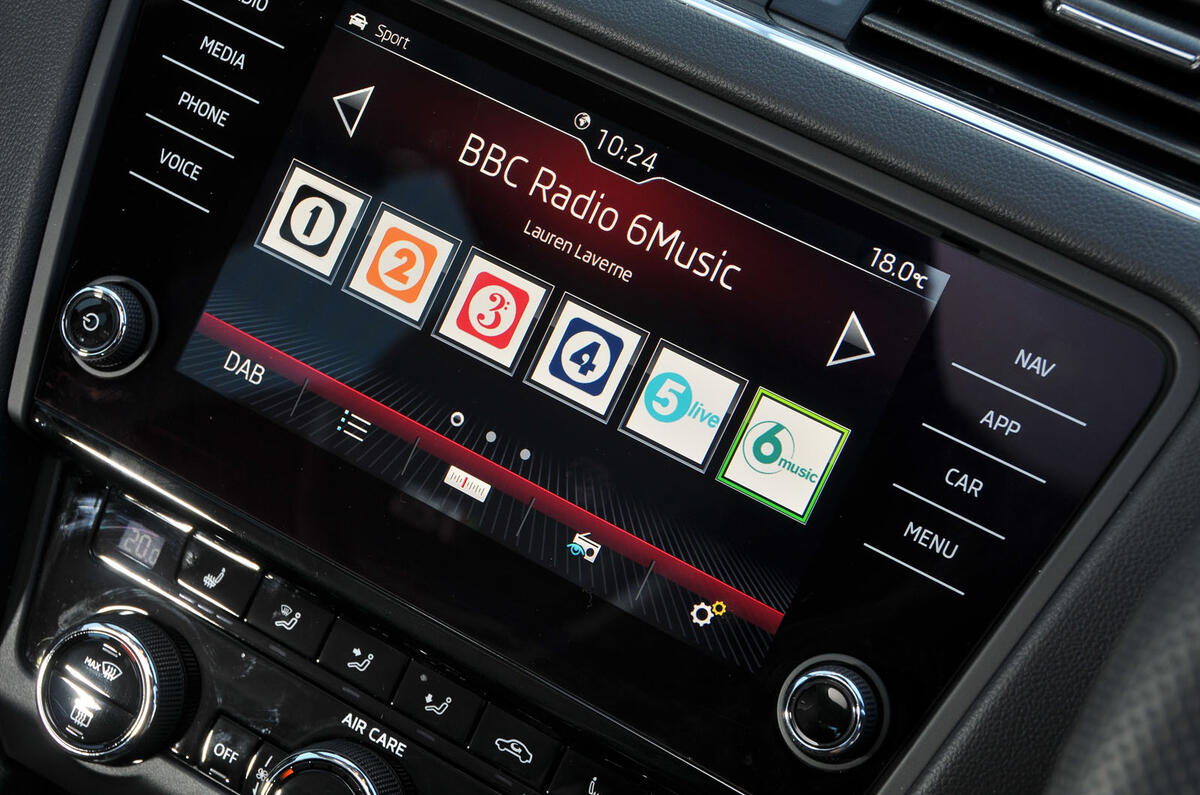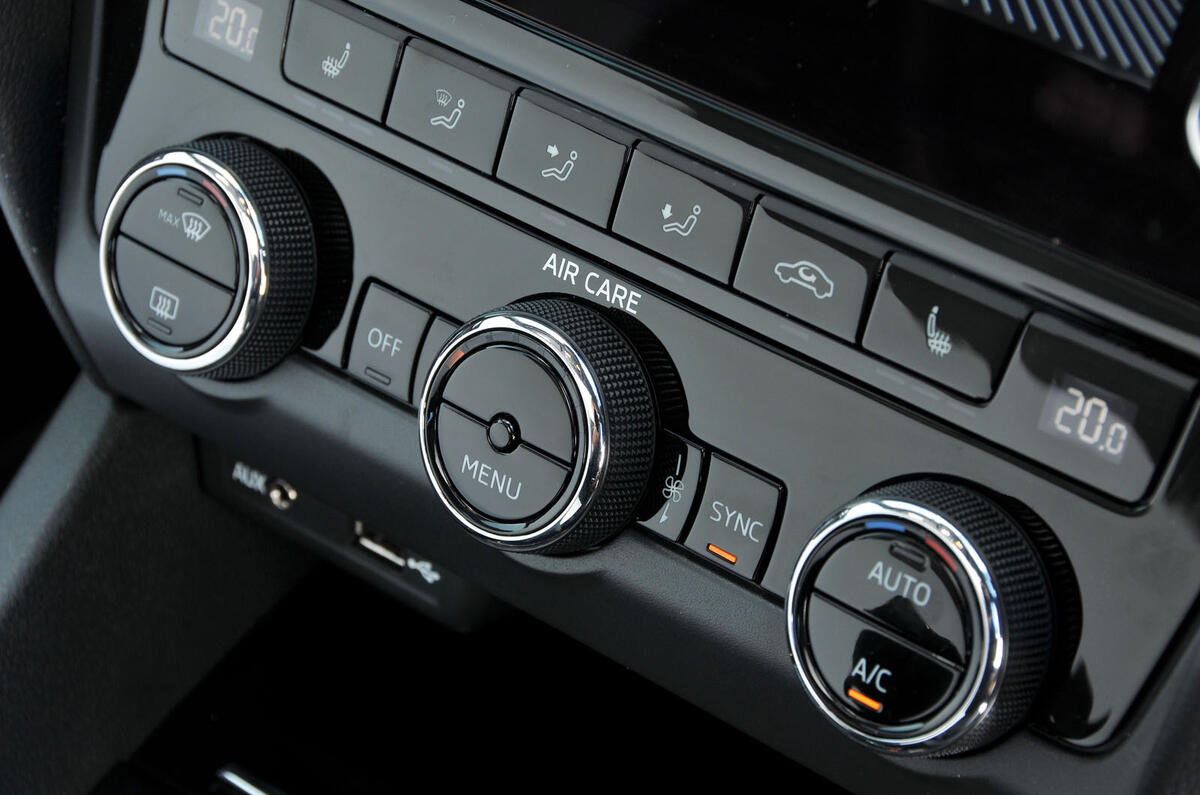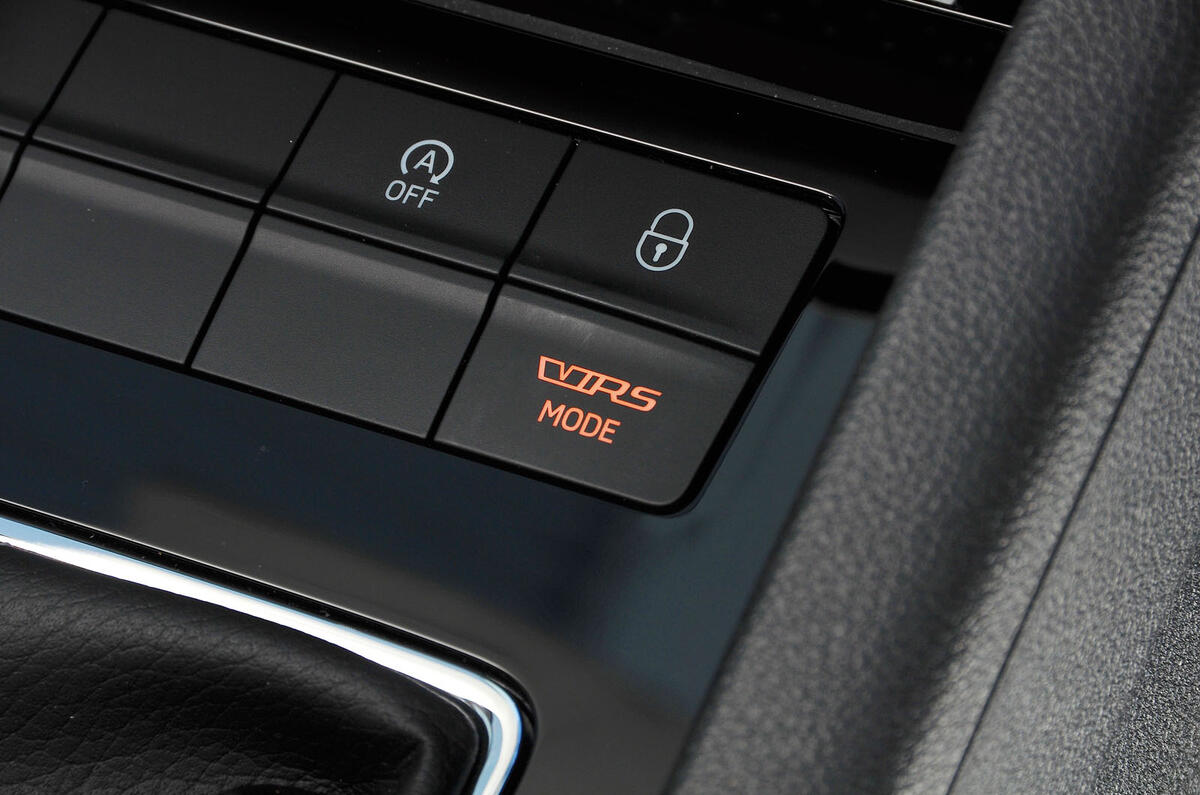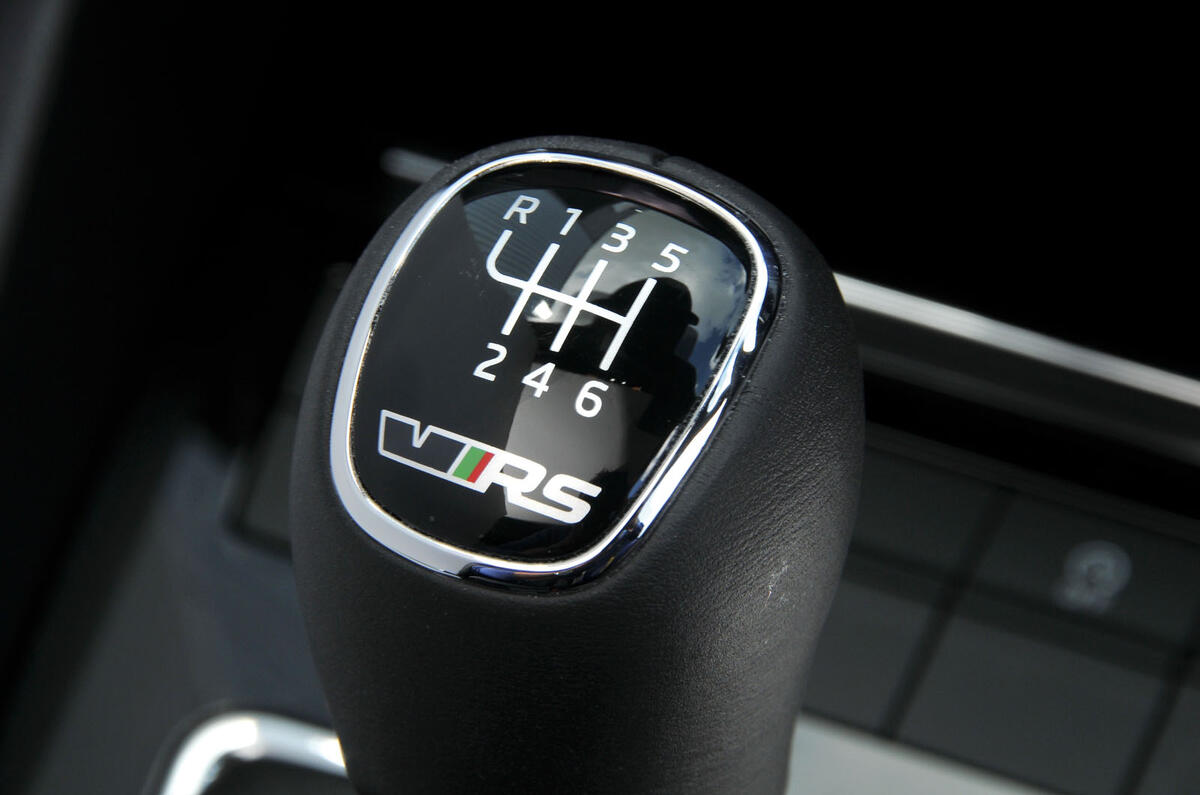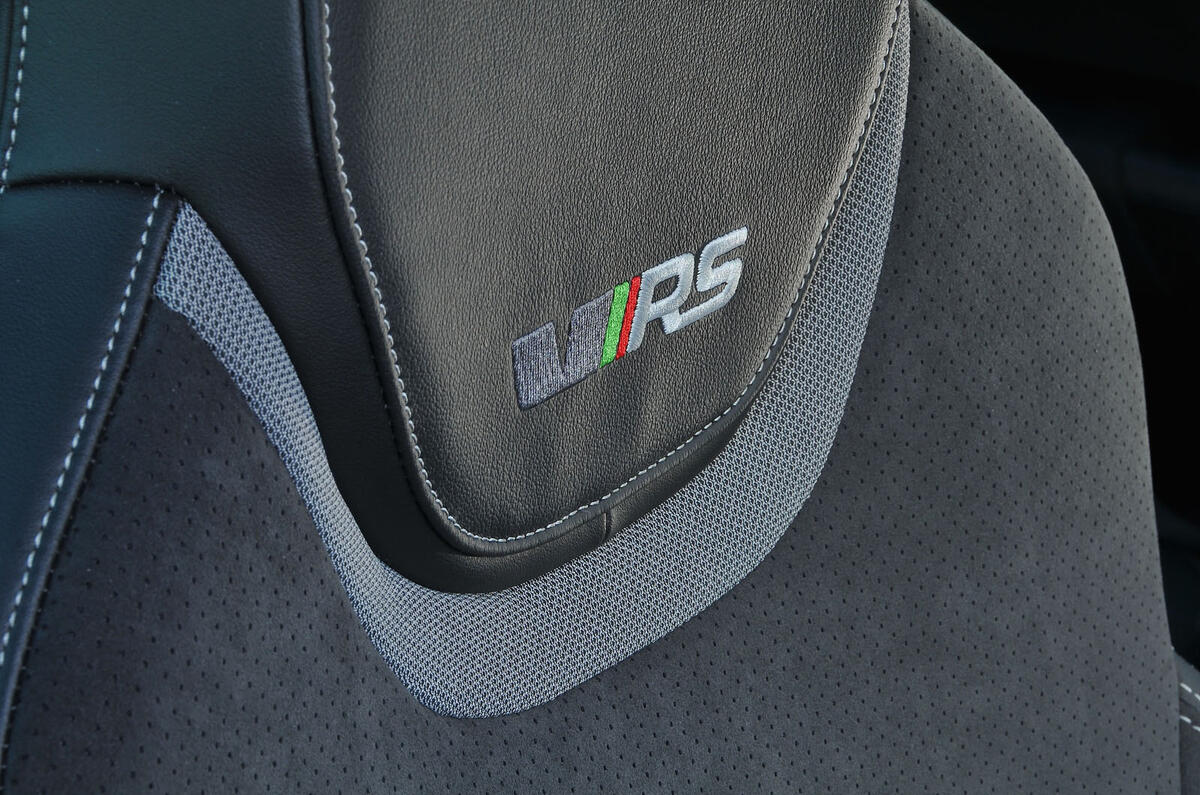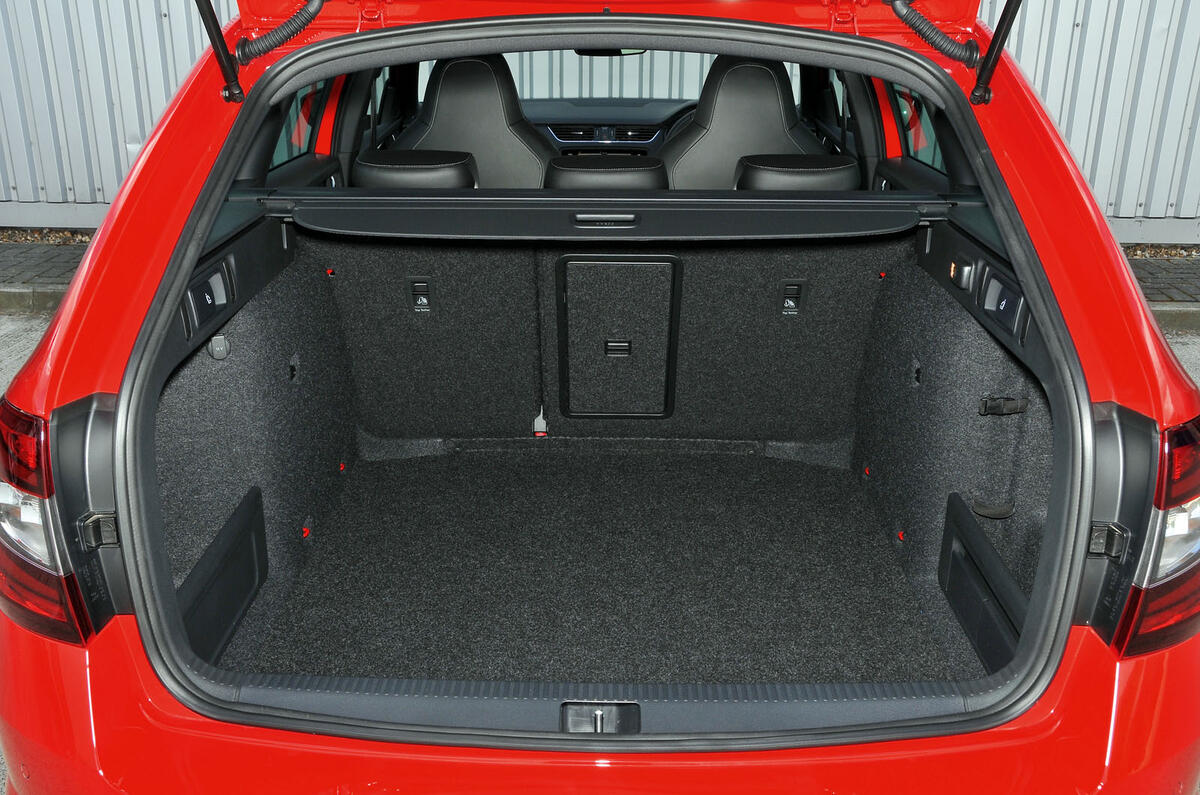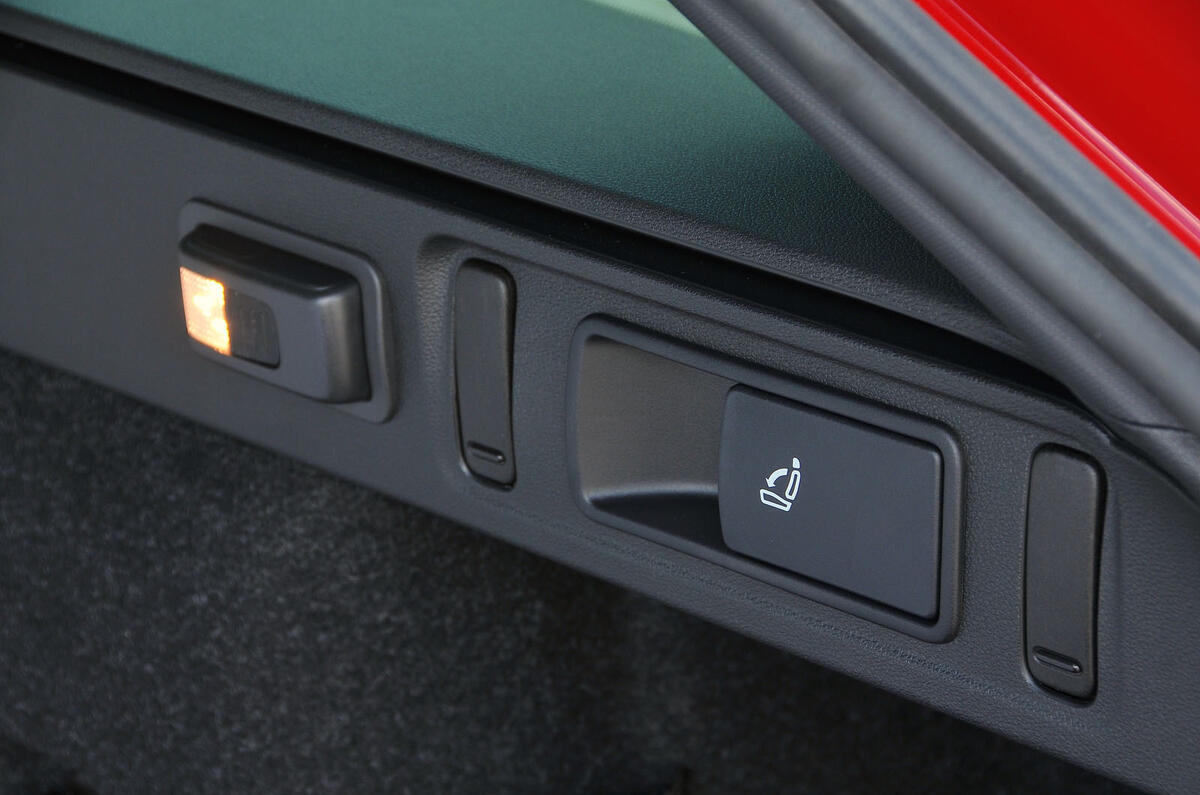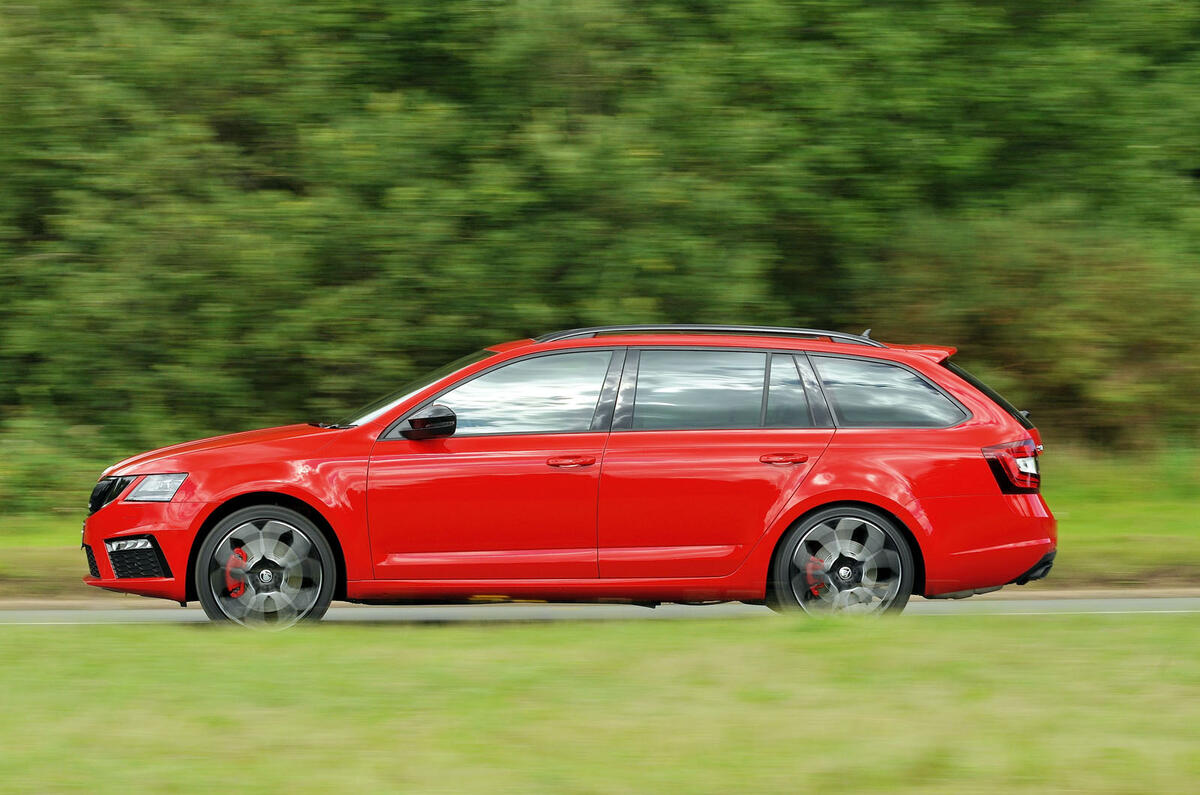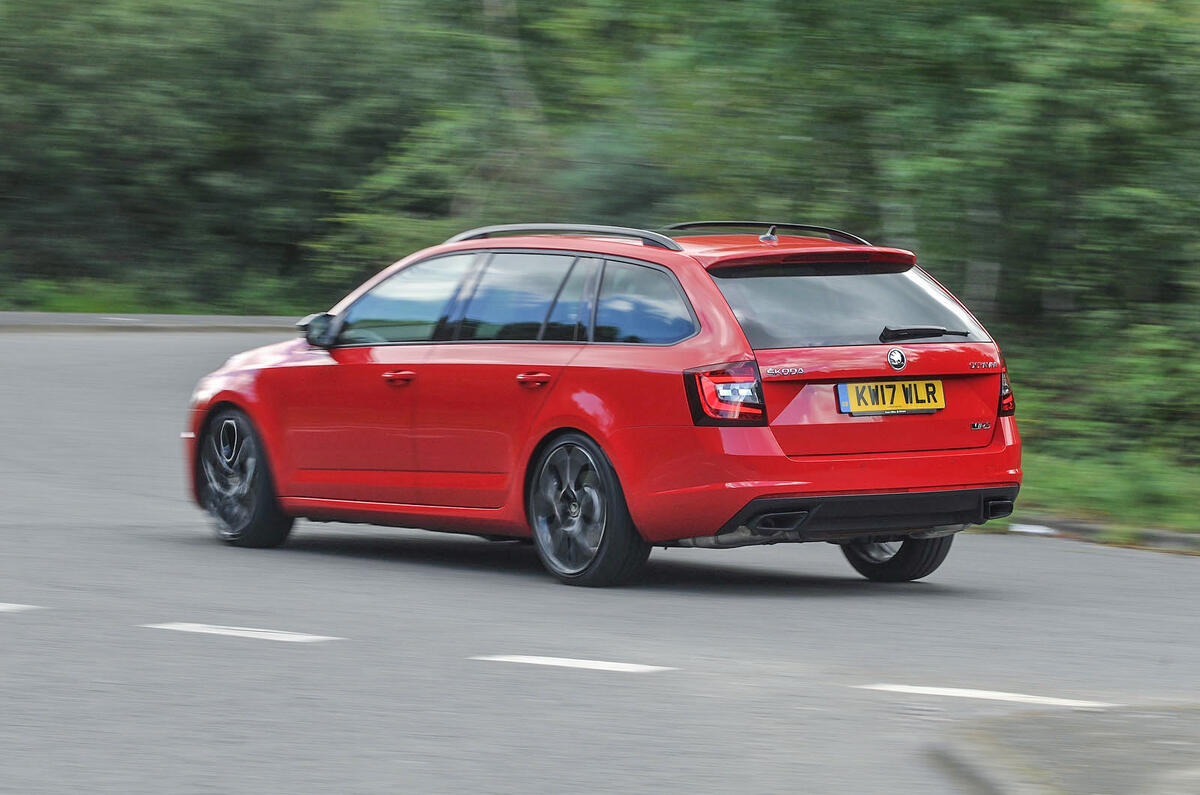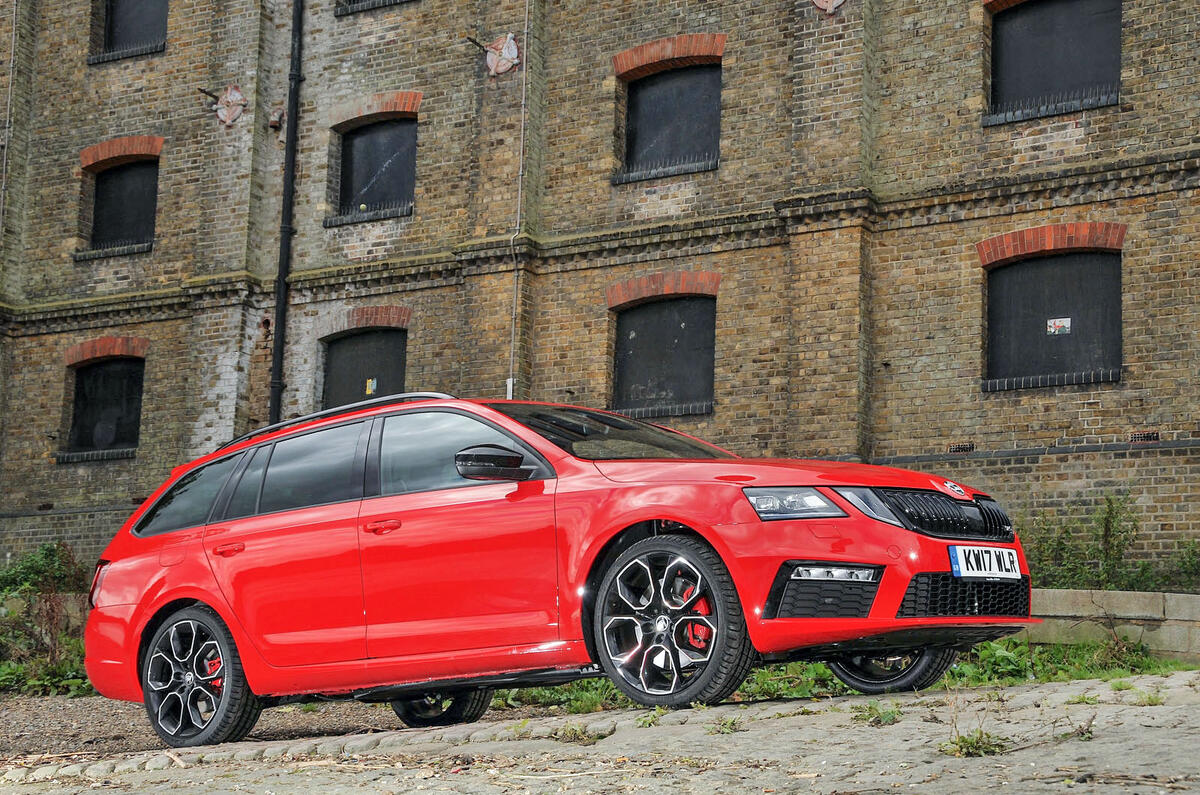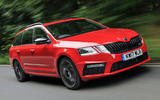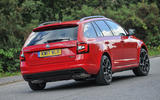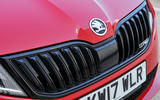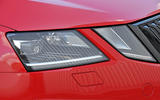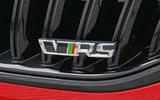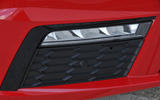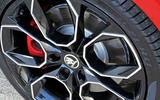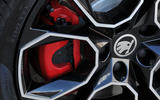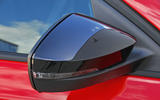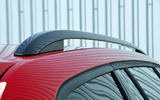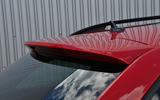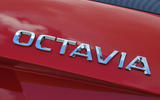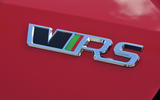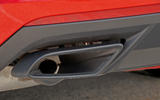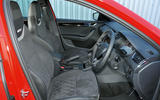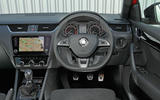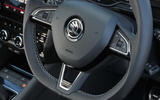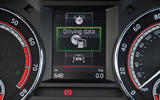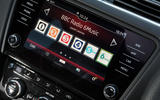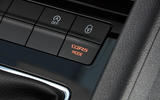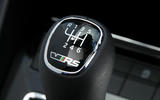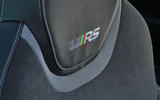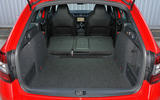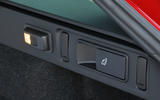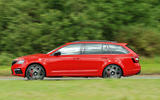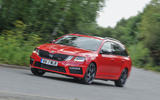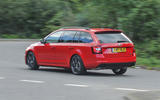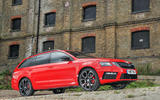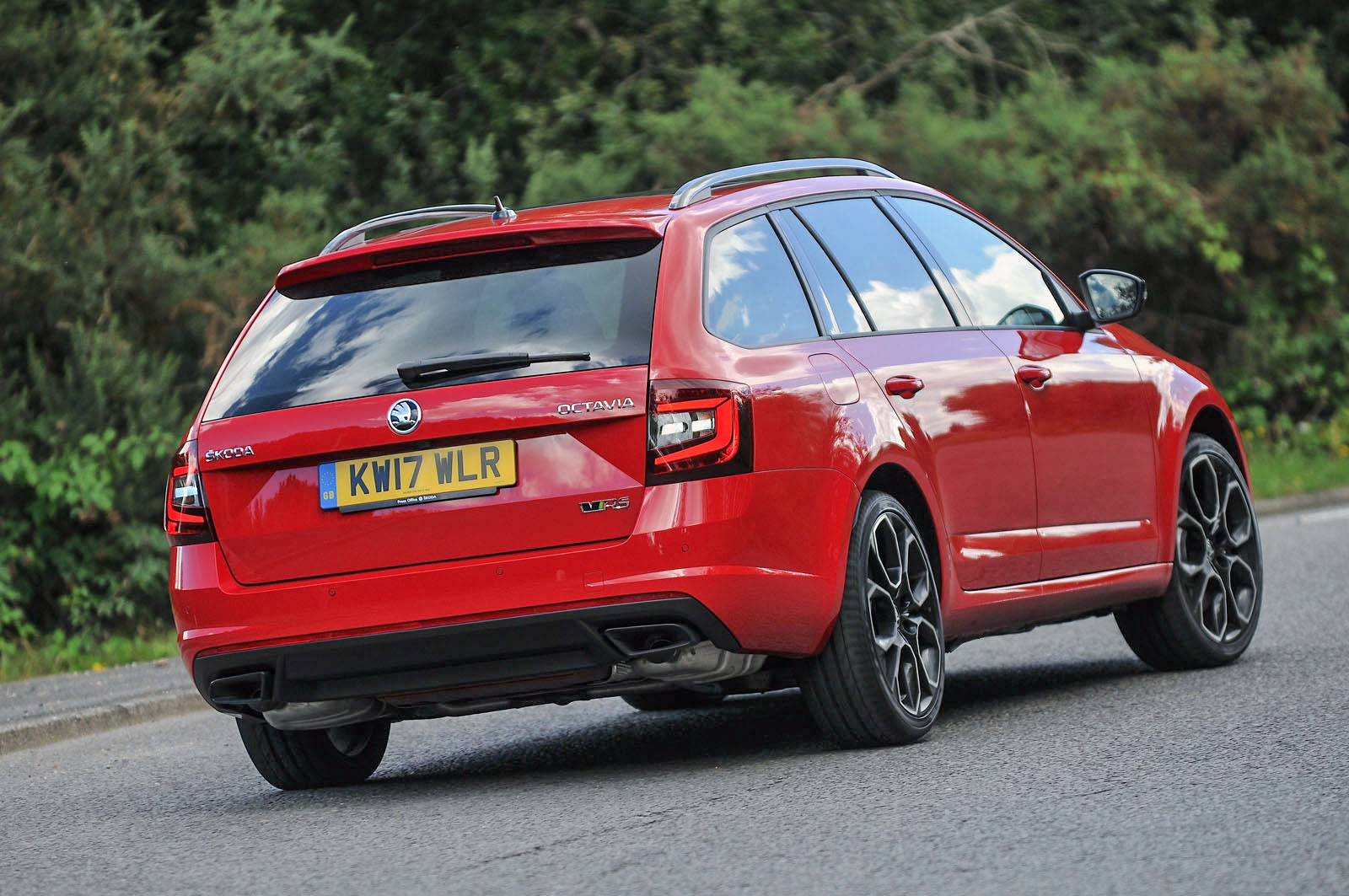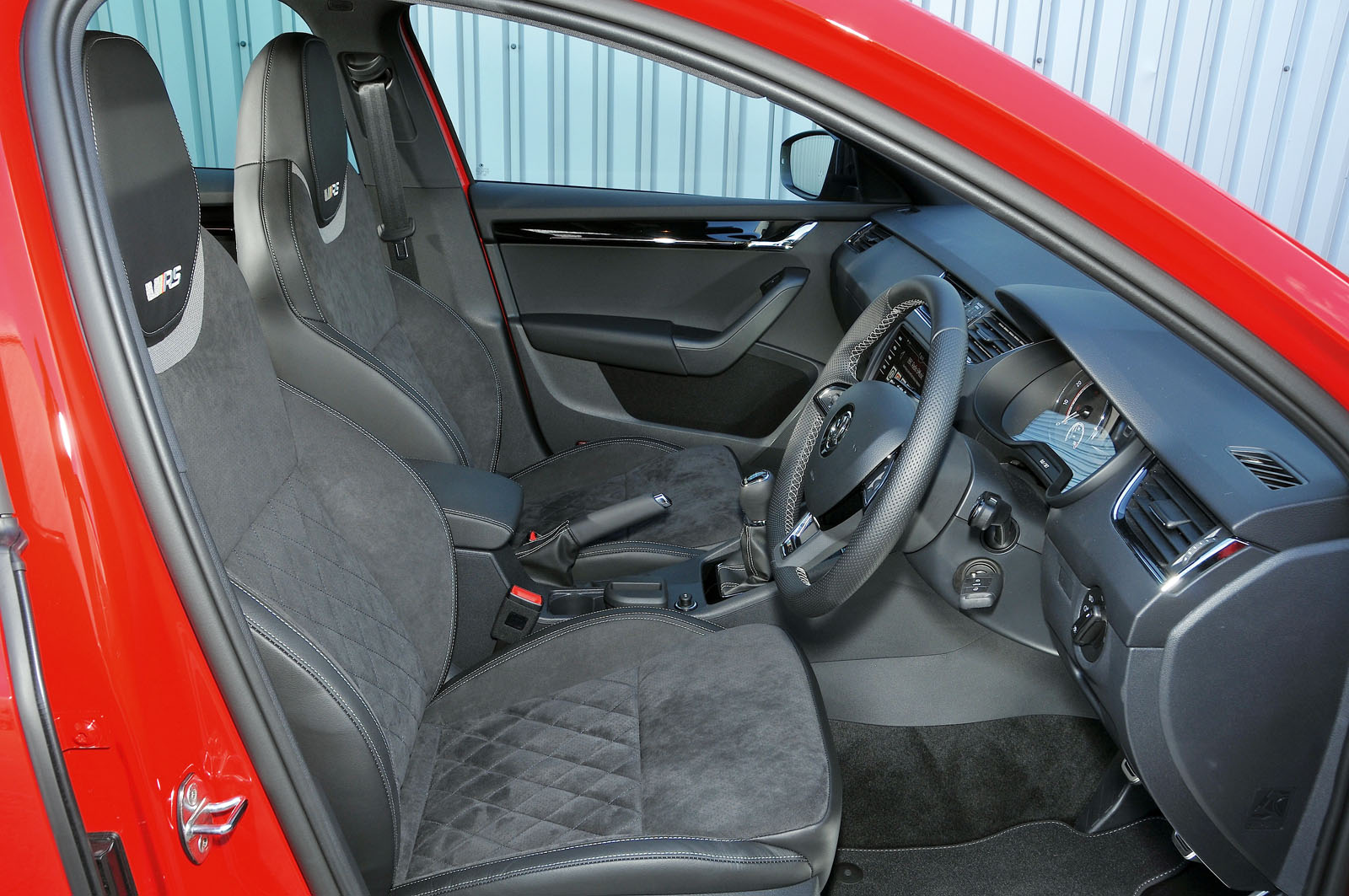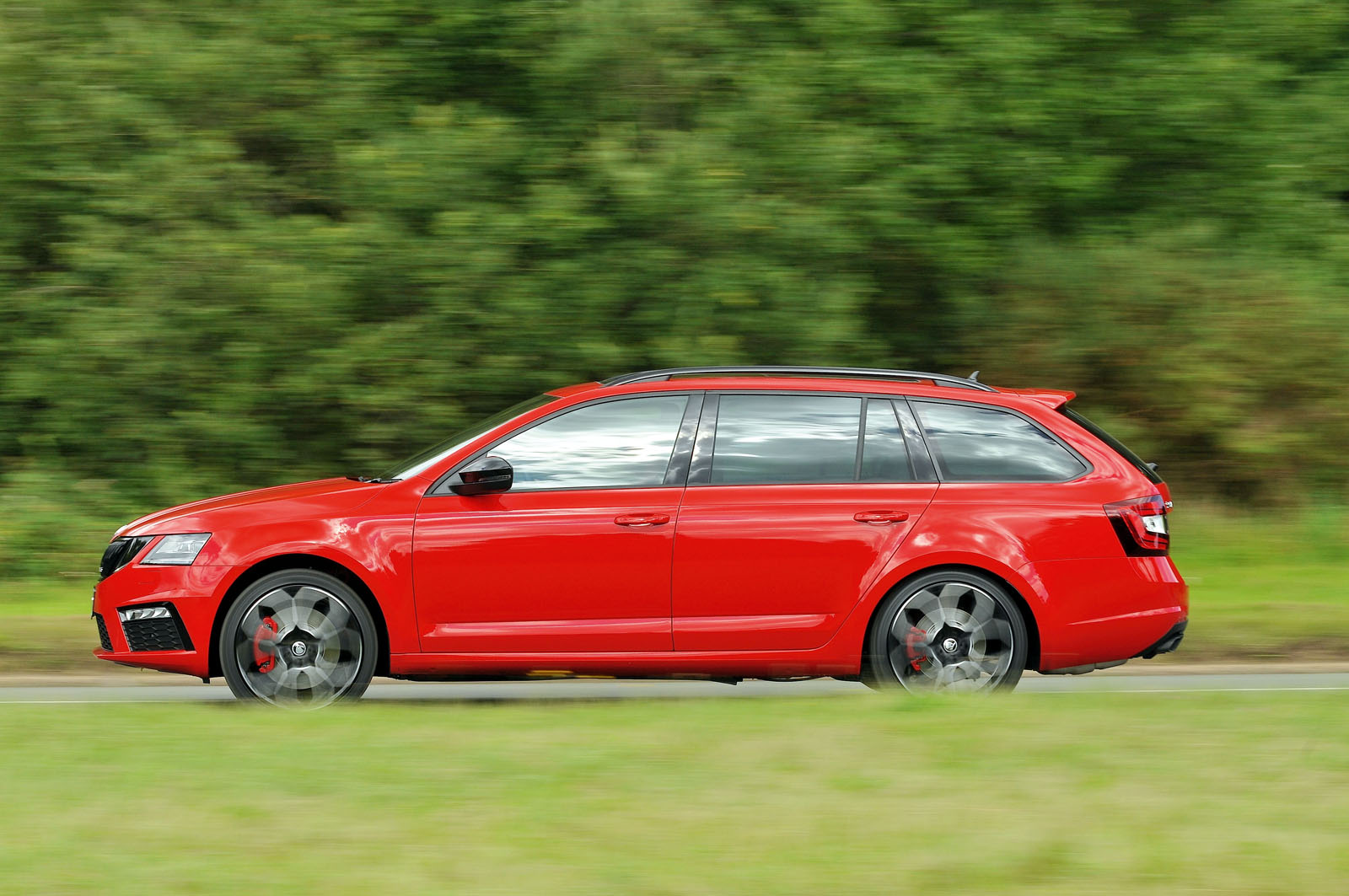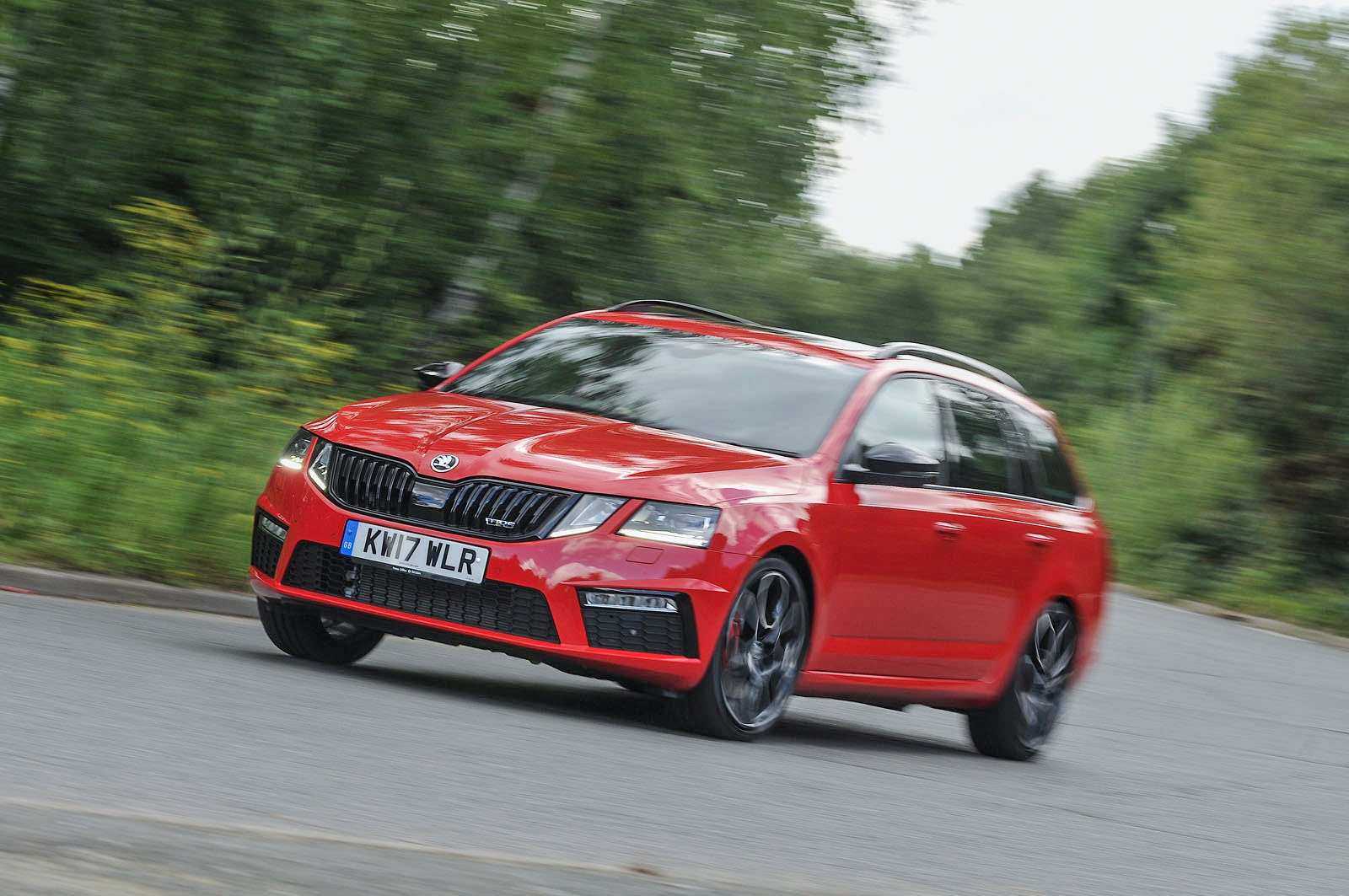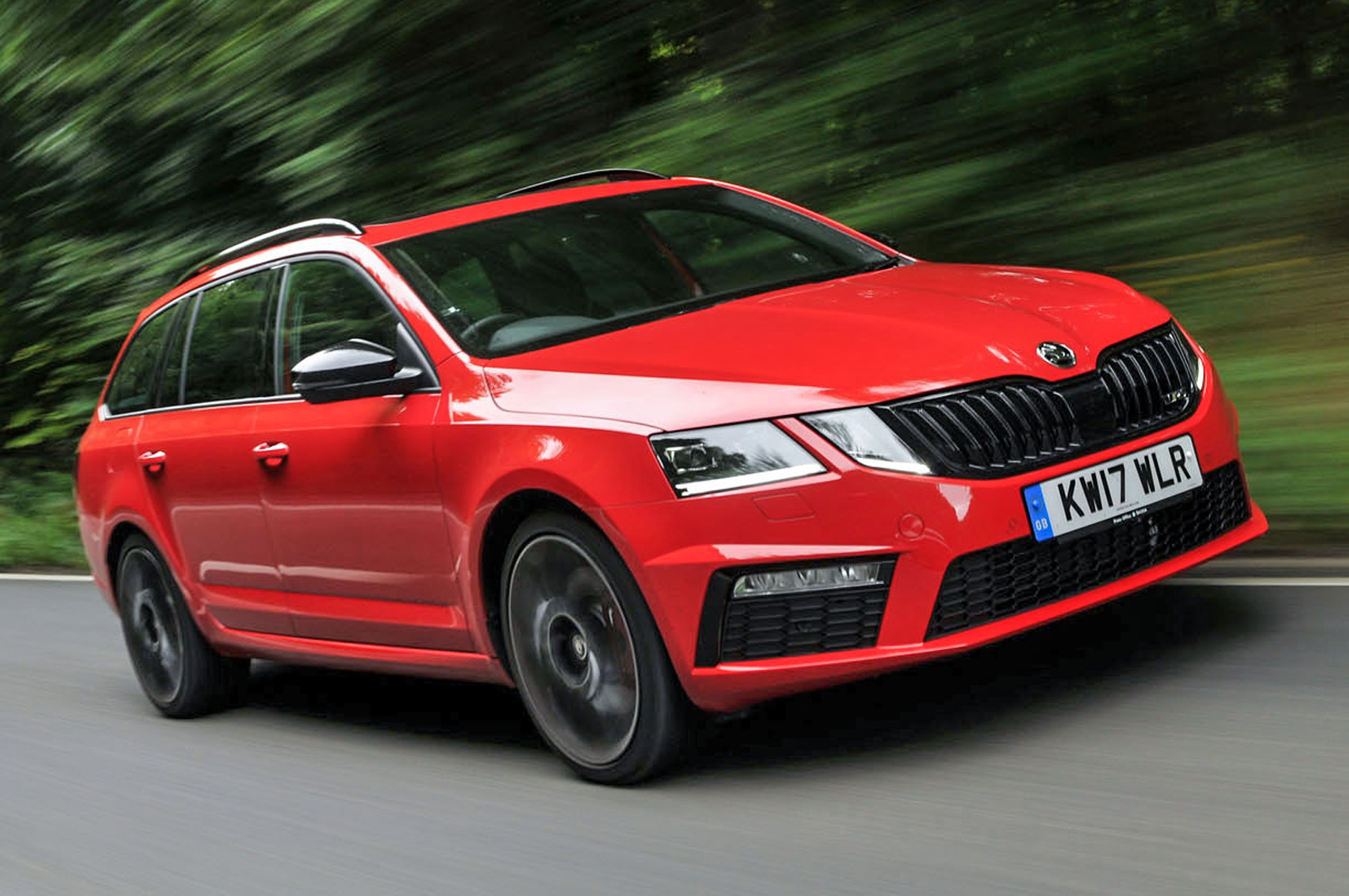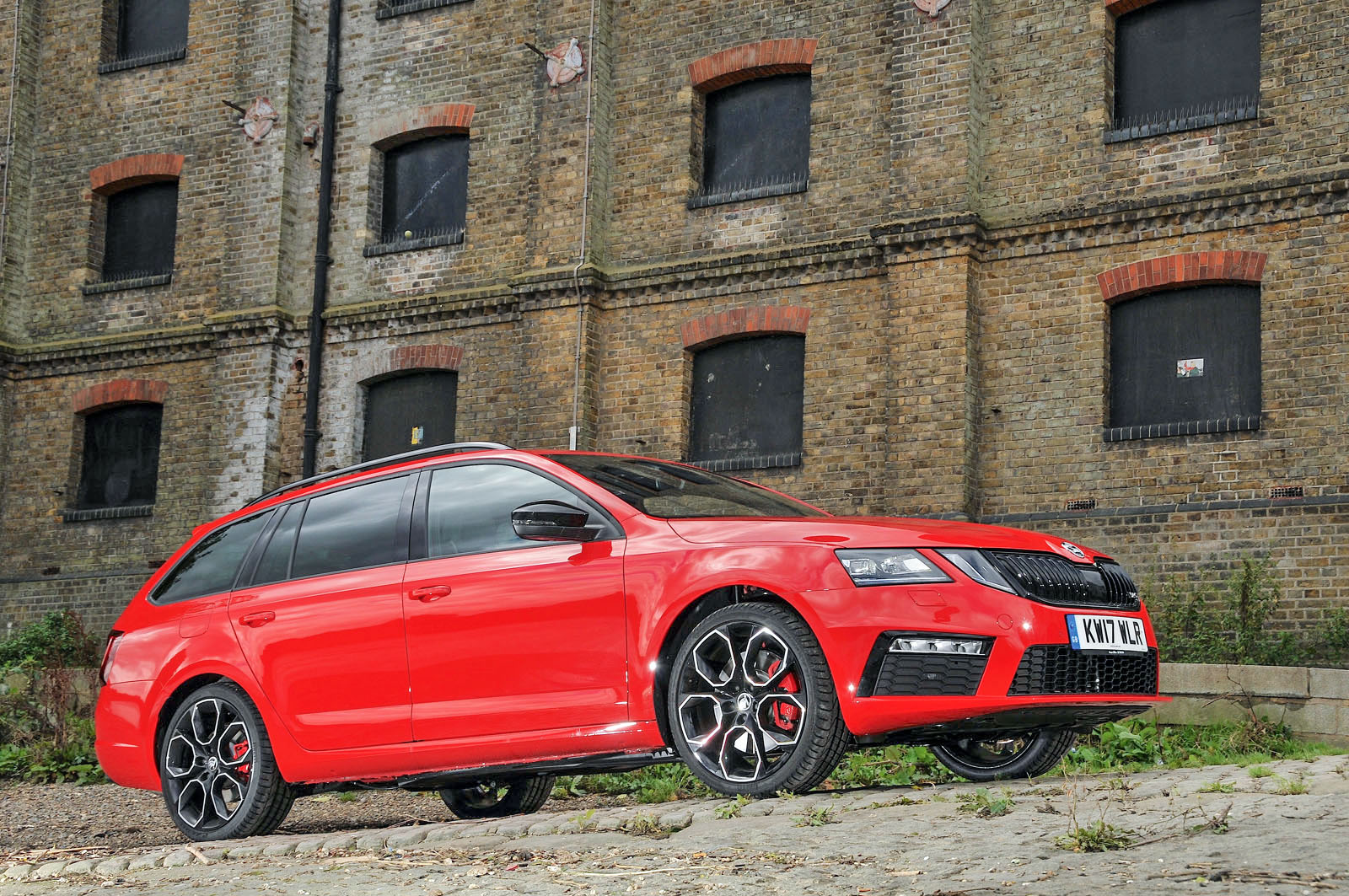Skoda can rarely be accused of gilding the lily when it comes to the interior design of its vRS line-up and the 245 is no different.
The same prudent, understatedly plush high-spec Skoda Octavia cabin is carried over, flaunting the odd badge and wearing a different steering wheel but shouting about itself in no conspicuous way, save for the addition of ritzy Alcantara seats.
The upshot of this rather depends on your viewpoint. If you buy into the idea of the 245 being a somewhat buttoned-down, Q-car-style purchase, the low-key surroundings are likely to appeal. If, however, you think the quickest Octavia ought to be announcing itself to its occupants with slightly more fanfare, you probably won’t.
For what’s it worth, our subjective assessment found it appealing: the 245’s semantic distance from a Cupra or a GTI ought to mean less straining for the swagger exhibited by either of its stablemates and (seats aside) the cabin chimes with the idea that you’ve probably made a mature and reasoned buying decision.
The stock Octavia around the top-spec model certainly reinforces that idea. The car’s long-standing reputation for practicality is still richly deserved. There is noticeably more space in the 245 than any rival option built on hatchback underpinnings, thanks to its stretched wheelbase.
This superior length ensures not only adult-sized rear accommodation but also a generous boot, which, in the estate format tested, betters a Focus ST wagon’s by a whopping 134 litres.
The result – further enhanced by the standard inclusion of the Amundsen infotainment system – is an interior that provokes impressively few objective niggles.
Skoda’s failure to fit an adjustable boot floor (thus denying you a totally flat seats-down load space) as standard is one.
The slightly stingy size of the cupholders and central console storage is perhaps another (a result of the car’s mystifying persistence with a mechanical handbrake). Plainly, there are more extravagant interiors, but otherwise the 245 estate’s basic good sense is persuasive to the point of compelling.
The Amundsen system is familiar from other Skoda applications and is probably among the most worthy of the Volkswagen Group’s current infotainment crop.
It can lay claim to this accolade for several unmistakable reasons: its functionality is near blameless, its presentation is very crisp and there are arguably no glaring gaps in its list of features (including the ability to generate a wi-fi hotspot, fast becoming the voguish choice of family buyers).
Responsiveness from the touchscreen is very good — it pinches and swipes with impressive seamlessness — and the system’s processor is generally up to the job of rendering the sat-nav map at commensurate speed.
The shortcut keys, which flank each side of the screen, are well chosen, as are the subordinate menu choices that pop-up when your hand comes close enough.
The standard stereo is serviceable, although there’s a £500, 10-speaker Canton sound system on the option list should you prefer.


